1.- Cookies Policy on The Ancient Art of Bonsai.

In 2011 there was a change to European Law, which is aimed at giving website users more control over the data stored about them. You can read more about it here http://www.ico.gov.uk/What are cookies?Cookies are very small text files that some websites store on your computer or mobile device when you visit them. Essential. These cookies let you move around the website and use
2.- Pattern Recognition in Judging Bonsai.
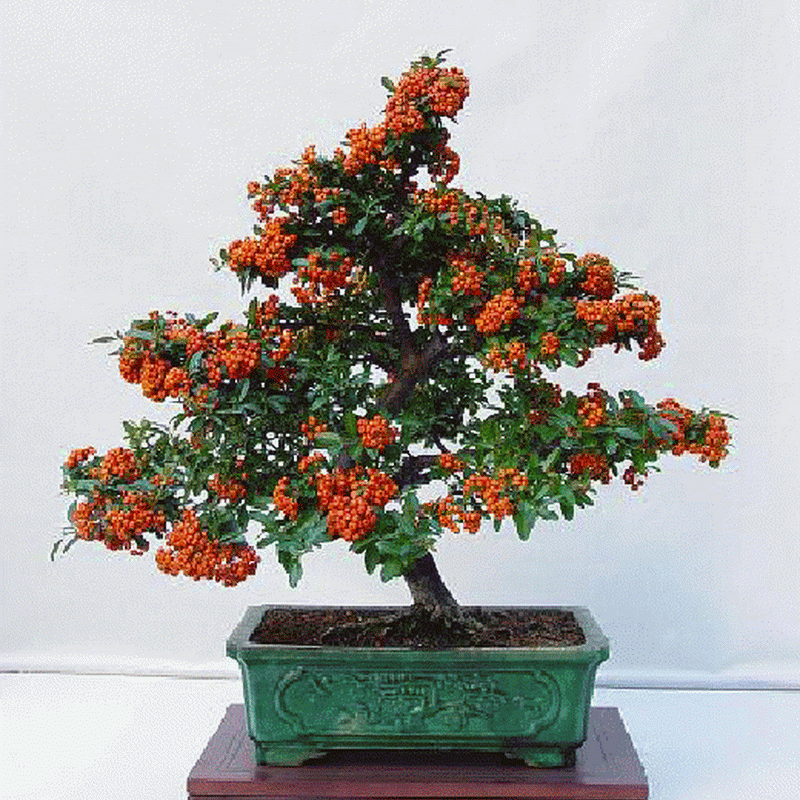
Can you tell the difference between a conifer and a broadleaved tree just from looking at an image? Sure you can, any child can do this. Can you tell the difference even when the conifer grows much like a broadleaved tree would normally and the broadleaved tee grows like a conifer? Sure you could. You see this in a split second looking at an image. OK, now explain how exactly you made the
3.- The Art of Bonsai Project: Gallery Shohin Bonsai.
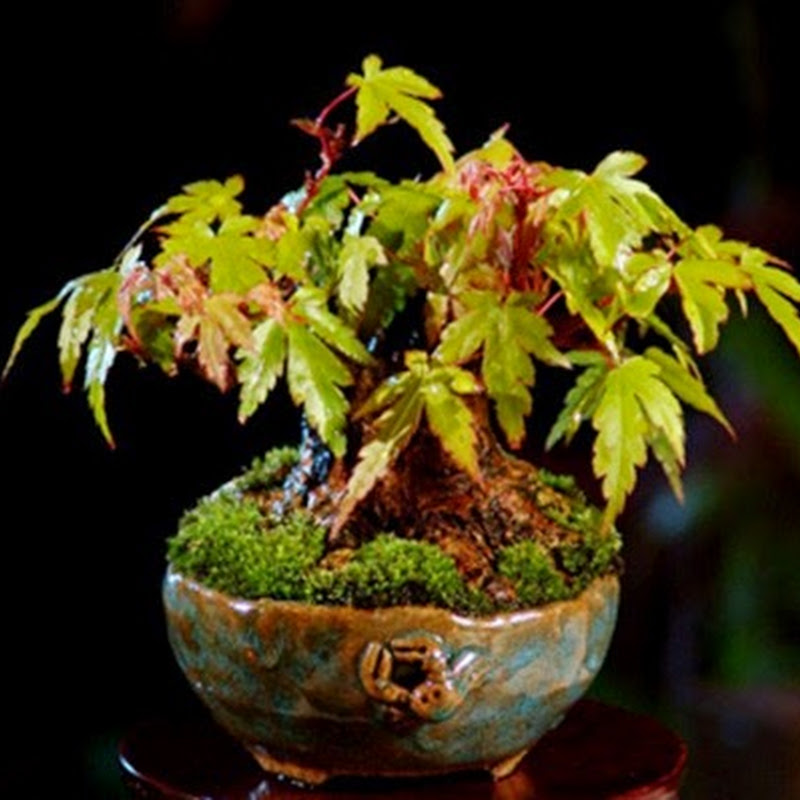
Introduction by Ted Matson: As an artist, I respect those who can express the most with the least. Shohin bonsai, with their small size and limited structures, offer this challenge. To me, they are more difficult, not just because they are harder to grow in very small pots, but because the limited number of usable elements force the artist to become very careful and deliberate with how they
4.- The Art of Bonsai Project: Gallery Hornbeams.
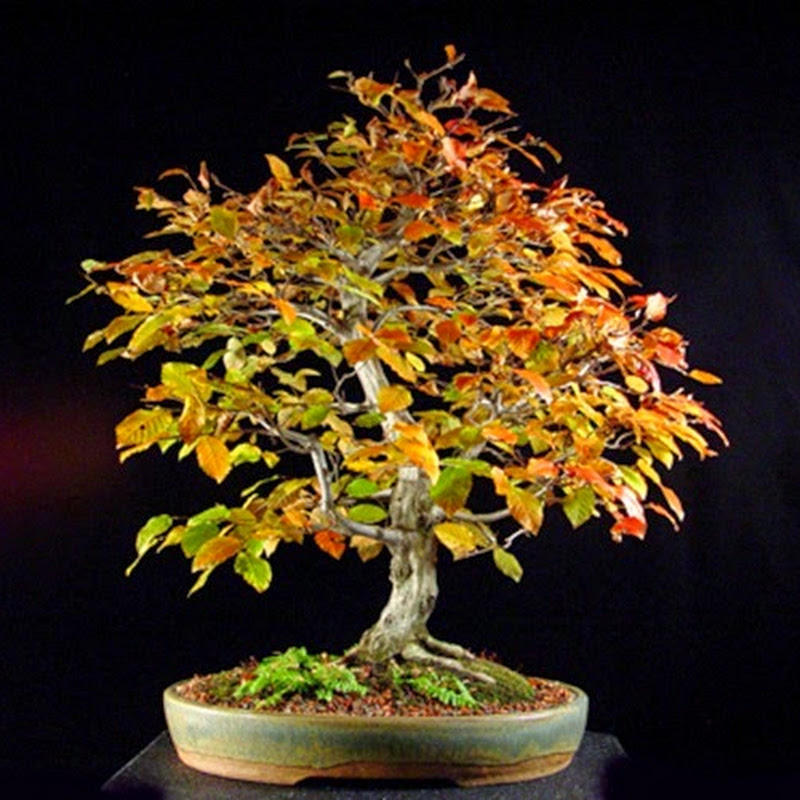
This gallery is a continuation of our series of species specific galleries designed with the intention of creating a resource of inspiration as well as a source of enjoyment for all. It is our hope that those who favor the particular species featured and those who seek inspiration for designing bonsai of this species will find these galleries valuable and educational. We have compiled the
5.- Diospyros kaki as bonsai.
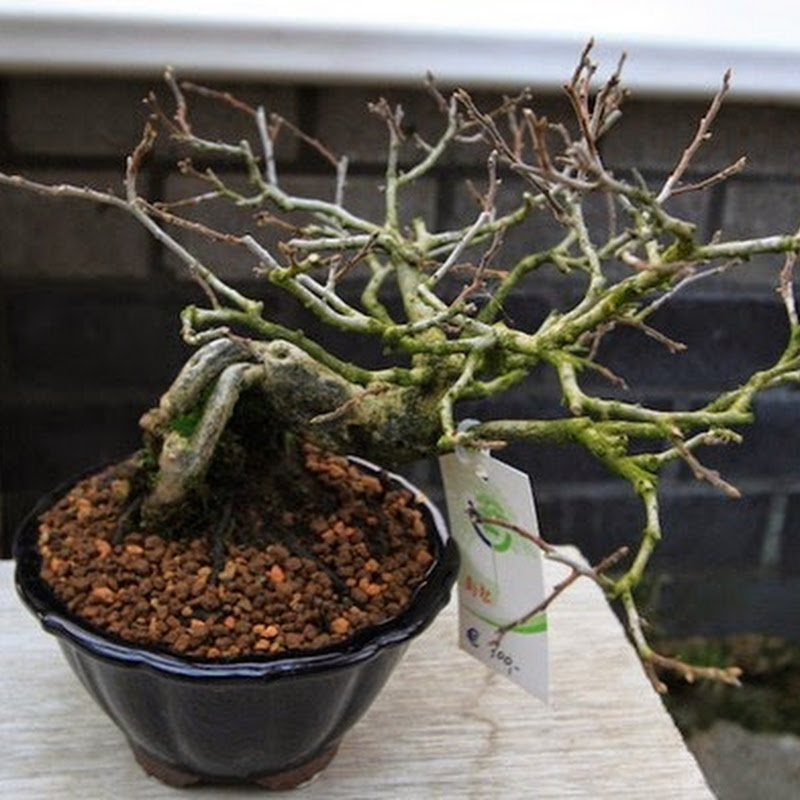
Diospyros kaki, better known as the Japanese Persimmon, Kaki Persimmon or Asian Persimmon in North America, is the most widely cultivated species of the Diospyros genus. Although its first published botanical description was not until 1780, the kaki is also among the oldest plants in cultivation, known for its use in China for more than 2000 years. In some rural Chinese communities, the kaki
6.- The blog’s top ten most popular posts April 2014 from The Ancient Art of Bonsai.

1.- Bonsai Species Guides: Carmona Fukien Tea Bonsai.The Fukien Tea is an evergreen tree named after the Southeastern Chinese province of Fukien (Fuijan) where it originates. It has small dark-green shiny leaves that are covered with hairs and forms a very dense, compact habit. It has a light brown bark that forms a cracked, fissured appearance with age. In early Summer the Fukien Tea produces
Read More ... »
7.- Bonsai Species Guides: Carmona Fukien Tea Bonsai.

The Fukien Tea is an evergreen tree named after the Southeastern Chinese province of Fukien (Fuijan) where it originates. It has small dark-green shiny leaves that are covered with hairs and forms a very dense, compact habit. It has a light brown bark that forms a cracked, fissured appearance with age. In early Summer the Fukien Tea produces minute white flowers that go on to form small black
8.- Bonsai Species Guides: Rhododendron species Azalea.
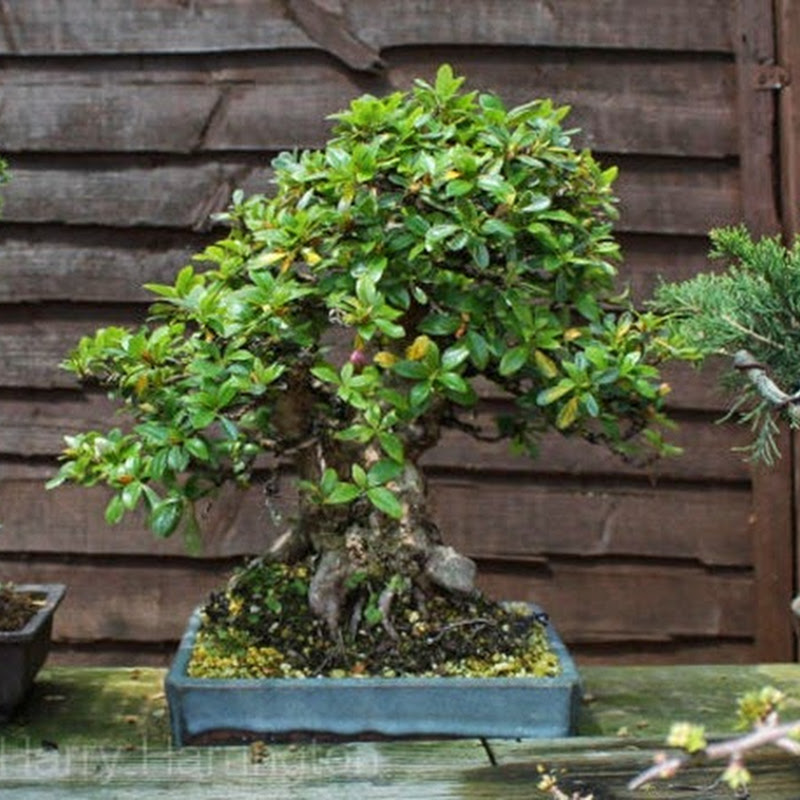
The Rhododendron genus is massive and includes anything between 500-900 species depending on which authority you consider. Some species are so similar to others that they are listed as subspecies rather than distinct species in their own right, others are established hybrids (such as Kurume and Satsuki) that are sometimes regarded as species in their own right. Rhododendrons are deciduous or
Read More ... »
9.- National Bonsai and Penjing Museum: Virtual Tour.
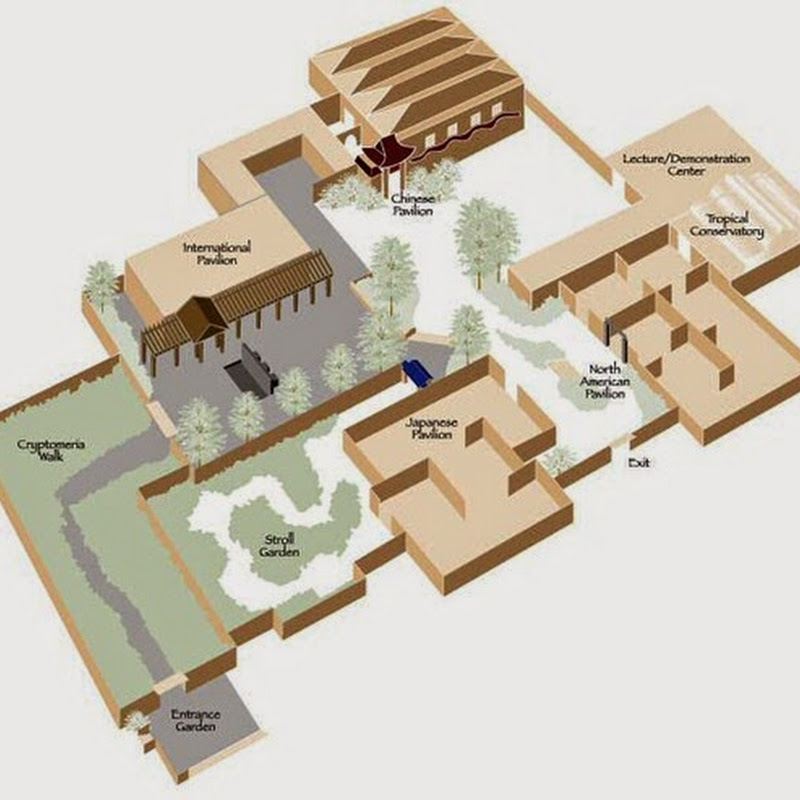
The miniature masterpieces that we call bonsai and penjing are the pinnacle of gardening skill, and the National Bonsai & Penjing Museum has one of the largest collections of these timeless trees in North America. The Japanese art of bonsai, and its precursor, the Chinese art of penjing, are rooted in the traditions of Asian culture. The placement of branches, styling, and the pot all convey
10.- Crassula ovata/ Jade or Money Tree Bonsai
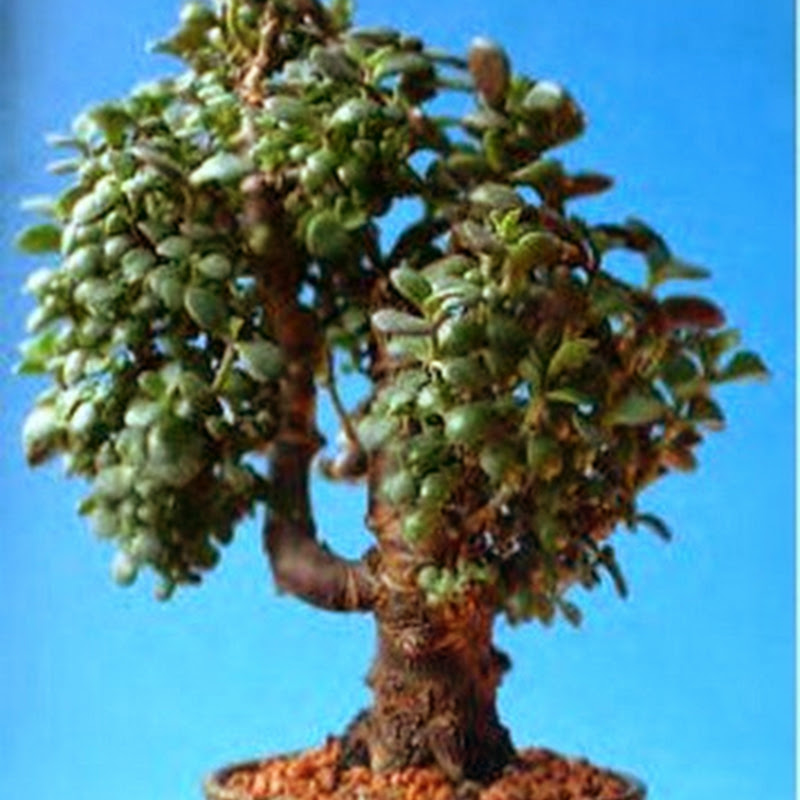
The Jade Tree is an evergreen succulent native to South Africa where it can reach heights of 2 metres or more. In temperate zones Jades are regarded as indoor trees and should not be subjected to temperatures below 5-7 degrees centigrade (41-45 F). The Jade has a thick trunk and branch structure with thick elliptic green succulent leaves. Given sufficient light the leaves develop red edges to

In 2011 there was a change to European Law, which is aimed at giving website users more control over the data stored about them. You can read more about it here http://www.ico.gov.uk/What are cookies?Cookies are very small text files that some websites store on your computer or mobile device when you visit them. Essential. These cookies let you move around the website and use
2.- Pattern Recognition in Judging Bonsai.

Can you tell the difference between a conifer and a broadleaved tree just from looking at an image? Sure you can, any child can do this. Can you tell the difference even when the conifer grows much like a broadleaved tree would normally and the broadleaved tee grows like a conifer? Sure you could. You see this in a split second looking at an image. OK, now explain how exactly you made the
3.- The Art of Bonsai Project: Gallery Shohin Bonsai.

Introduction by Ted Matson: As an artist, I respect those who can express the most with the least. Shohin bonsai, with their small size and limited structures, offer this challenge. To me, they are more difficult, not just because they are harder to grow in very small pots, but because the limited number of usable elements force the artist to become very careful and deliberate with how they
4.- The Art of Bonsai Project: Gallery Hornbeams.

This gallery is a continuation of our series of species specific galleries designed with the intention of creating a resource of inspiration as well as a source of enjoyment for all. It is our hope that those who favor the particular species featured and those who seek inspiration for designing bonsai of this species will find these galleries valuable and educational. We have compiled the
5.- Diospyros kaki as bonsai.

Diospyros kaki, better known as the Japanese Persimmon, Kaki Persimmon or Asian Persimmon in North America, is the most widely cultivated species of the Diospyros genus. Although its first published botanical description was not until 1780, the kaki is also among the oldest plants in cultivation, known for its use in China for more than 2000 years. In some rural Chinese communities, the kaki
6.- The blog’s top ten most popular posts April 2014 from The Ancient Art of Bonsai.

1.- Bonsai Species Guides: Carmona Fukien Tea Bonsai.The Fukien Tea is an evergreen tree named after the Southeastern Chinese province of Fukien (Fuijan) where it originates. It has small dark-green shiny leaves that are covered with hairs and forms a very dense, compact habit. It has a light brown bark that forms a cracked, fissured appearance with age. In early Summer the Fukien Tea produces
Read More ... »
7.- Bonsai Species Guides: Carmona Fukien Tea Bonsai.

The Fukien Tea is an evergreen tree named after the Southeastern Chinese province of Fukien (Fuijan) where it originates. It has small dark-green shiny leaves that are covered with hairs and forms a very dense, compact habit. It has a light brown bark that forms a cracked, fissured appearance with age. In early Summer the Fukien Tea produces minute white flowers that go on to form small black
8.- Bonsai Species Guides: Rhododendron species Azalea.

The Rhododendron genus is massive and includes anything between 500-900 species depending on which authority you consider. Some species are so similar to others that they are listed as subspecies rather than distinct species in their own right, others are established hybrids (such as Kurume and Satsuki) that are sometimes regarded as species in their own right. Rhododendrons are deciduous or
Read More ... »
9.- National Bonsai and Penjing Museum: Virtual Tour.

The miniature masterpieces that we call bonsai and penjing are the pinnacle of gardening skill, and the National Bonsai & Penjing Museum has one of the largest collections of these timeless trees in North America. The Japanese art of bonsai, and its precursor, the Chinese art of penjing, are rooted in the traditions of Asian culture. The placement of branches, styling, and the pot all convey
10.- Crassula ovata/ Jade or Money Tree Bonsai

The Jade Tree is an evergreen succulent native to South Africa where it can reach heights of 2 metres or more. In temperate zones Jades are regarded as indoor trees and should not be subjected to temperatures below 5-7 degrees centigrade (41-45 F). The Jade has a thick trunk and branch structure with thick elliptic green succulent leaves. Given sufficient light the leaves develop red edges to
If you liked this article, subscribe to the feed by clicking the image below to keep informed about new contents of the blog:

0 commenti :
Post a Comment